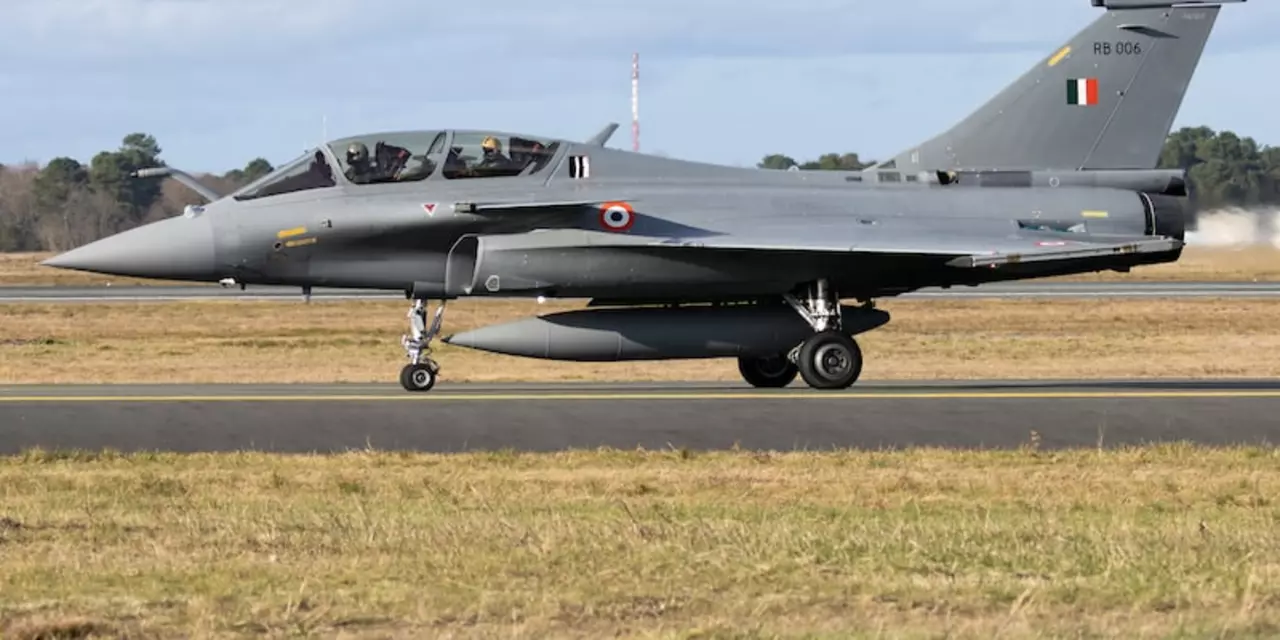Plane Crashes – What’s Happening and How to Stay Safe
Ever wondered why a few high‑profile plane crashes still make headlines despite all the tech we have? It’s a mix of human error, weather quirks, and occasional mechanical glitches. Knowing the basics can turn anxiety into confidence the next time you board a flight.
Why Do Plane Crashes Happen?
Most accidents boil down to three big factors: pilot decisions, equipment failures, and weather surprises. Pilots are trained for emergencies, but fatigue or miscommunication can slip in. Engines and navigation systems are incredibly reliable, yet a rare fault can cascade quickly. And weather – sudden wind shear, icing, or low visibility – still catches even the best crews off guard.
Recent incidents highlight these points. A regional jet in South Asia went down after a sudden microburst hit its runway approach. A cargo plane in Europe suffered an engine fire that spread because of a maintenance oversight. Both cases sparked investigations that are now feeding new safety guidelines.
Practical Steps to Boost Your Flight Safety
You don’t need a pilot’s license to stay safe. Start by checking the airline’s safety record on trusted sites before you book. Look for carriers with modern fleets and a good on‑time performance – those numbers often reflect solid maintenance practices.
On the day of travel, get a good night’s sleep and stay hydrated. Dehydration can make you feel more nervous, and a tired brain doesn’t process safety briefings well. When you board, pay attention to the safety video – the latest updates sometimes include new brace positions or evacuation routes.
During the flight, keep your seatbelt fastened whenever you’re seated, even if the seat‑belt sign is off. Turbulence is unpredictable, and a sudden jolt can cause injuries. If the plane encounters severe weather, trust the crew’s instructions. They’ve been trained to handle everything from lightning strikes to rapid depressurization.
After landing, follow the cabin crew’s guidance on disembarking. In an emergency, staying calm and moving quickly to the nearest exit saves lives. Even if everything goes smoothly, a quick review of the nearest exits and emergency equipment never hurts.Finally, stay informed. Sign up for alerts from aviation authorities like the FAA or EASA. They publish real‑time safety notices that can affect routes you might travel on. Knowing about a temporary airspace restriction or a weather advisory lets you ask the airline for alternatives before you’re stuck at the gate.
Plane crashes will always capture our attention because they’re rare and dramatic. But the odds of a commercial flight ending in disaster are minuscule – less than one in several million. By understanding the main causes and taking a few simple steps, you can keep that risk in perspective and travel with peace of mind.
Why India Air Force had the most numbers of planes crashing?
0 Comments
The Indian Air Force (IAF) has the highest number of plane crashes in the world. This is due to a variety of reasons, including an aging fleet of aircraft, inadequate maintenance, and lack of modern technology. The IAF has been facing a shortage of pilots, a lack of spare parts, and inadequate training. Moreover, the IAF has been facing a number of accidents due to human error. The government has taken steps to improve the safety of the aircraft, but there is still room for improvement.
Read More